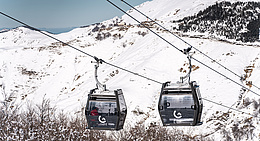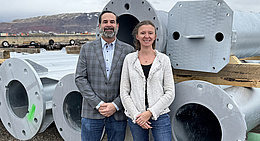In addition to a description of the engineering and history of the installations, including all the relevant technical details, the book also provides tips on tourist attractions and places of interest in the surroundings of the various installations. The number-one location for funiculars and rack railways is undoubtedly Switzerland, to which much of the book is dedicated, followed by Austria and other European countries.
The introduction includes a map of Europe showing the locations of all the installations described in the book complete with the relevant page number. There is also a list of the various rack railway systems plus photos. The chapter entitled “The third century in public service” (Třetí století ve službách veřejnosti) is devoted to the history of funicular systems.
For each installation, there is a diagram of the longitudinal profile of the line with the main technical data. The chapter on “Converted installations” (Transformované dráhy) lists those installations that have been converted from funicular to rack railway operation or have been replaced by an aerial ropeway.
At the end of the book there are nine pages of tables of the installations currently in operation with their key technical data. The book also includes a German summary, which provides the German equivalents for the Czech terms used for the system parameters so that the data can be read in both languages.
The publication contains 254 photographs, some of them full-page and many of them previously unpublished, as well as 80 longitudinal profile diagrams. As the book is richly illustrated and includes so much in the way of diagrams and technical data on the various installations, it will certainly be a valuable addition to the libraries of all rack railway and funicular enthusiasts, including those who cannot read Czech.
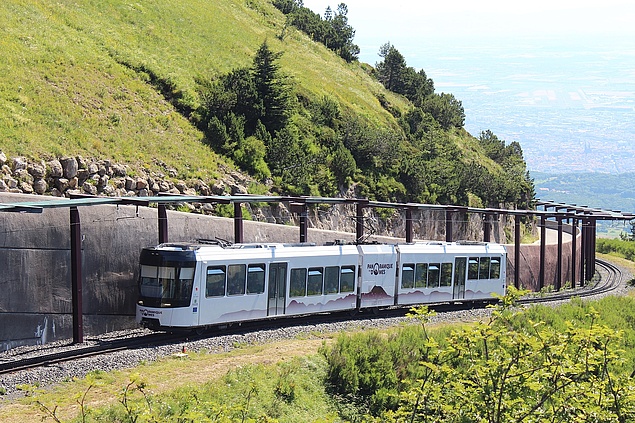
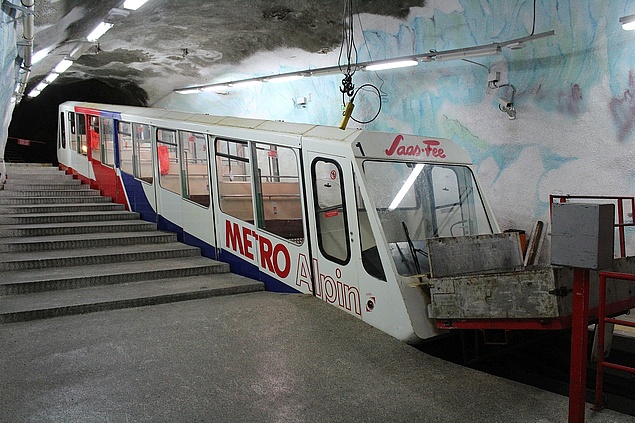
![[Translate to English:] Foto: Leitner](/fileadmin/_processed_/a/8/csm_Vertragsunterzeichnung_Narvik_6_copyright_LEITNER_print_501f2d5c24.jpg)
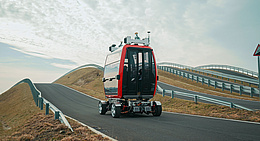
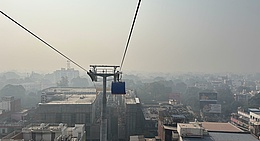
![[Translate to English:] (c) Doppelmayr](/fileadmin/_processed_/b/3/csm_85-ATW_Stechelberg-Muerren_Lauterbrunnen_CHE_001_6442c0520d.jpg)

